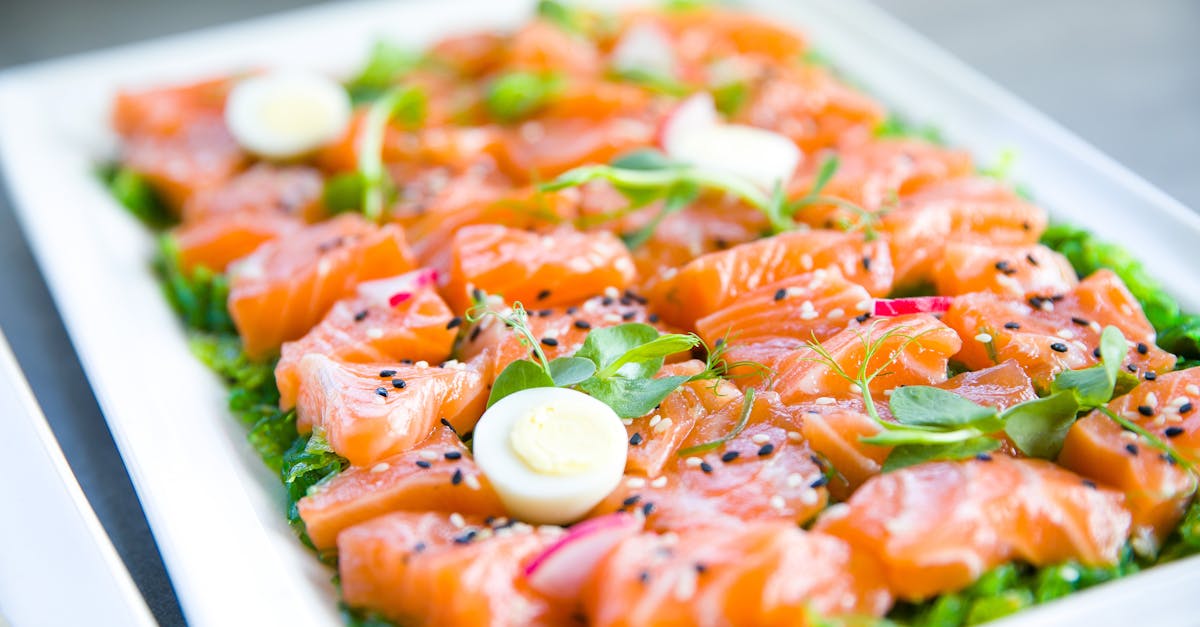Essential Fish Filleting: From Whole To Boneless

Introduction
Filleting fish may seem like a daunting task, but with the right guidance and techniques, you'll be able to transform a whole fish into boneless fillets like a pro. In this tutorial, we'll walk you through the essential steps of fish filleting to help you prepare delicious and boneless fillets for your next meal.
Ingredients
- Whole fish (such as salmon, trout, or snapper)
- Sharp filleting knife
- Cutting board
- Paper towels
- Salt and pepper
- Lemon
- Olive oil
Step-by-Step Instructions
-
Preparation: Start by placing the whole fish on a clean cutting board. Make sure the fish is scaled and gutted before proceeding.
-
Removing the Head and Tail: Use a sharp filleting knife to carefully remove the head and tail of the fish. This will make it easier to work with the fish and create clean fillets.
-
Opening the Fish: Using your knife, make a shallow incision along the belly of the fish from head to tail. Gently pull apart the two sides of the fish to expose the internal cavity.
-
Removing the Fillets: With the fish opened up, locate the backbone running along the center of the fish. Starting from the head, carefully slide your knife along the backbone, separating the fillet from the bones in a smooth, slicing motion. Repeat this process on the other side of the fish to remove the second fillet.
-
Removing the Bones: Once both fillets are removed, carefully run your fingers along the fillets to locate and remove any remaining bones. This step is crucial for ensuring your fillets are boneless and ready to be cooked.
-
Seasoning and Cooking: Season your boneless fillets with salt, pepper, a squeeze of fresh lemon juice, and a drizzle of olive oil. You can then grill, bake, or pan-sear the fillets to your liking.
-
Enjoy Your Boneless Fillets: Once cooked, serve your boneless fillets hot and enjoy the delicious flavors of freshly filleted fish.